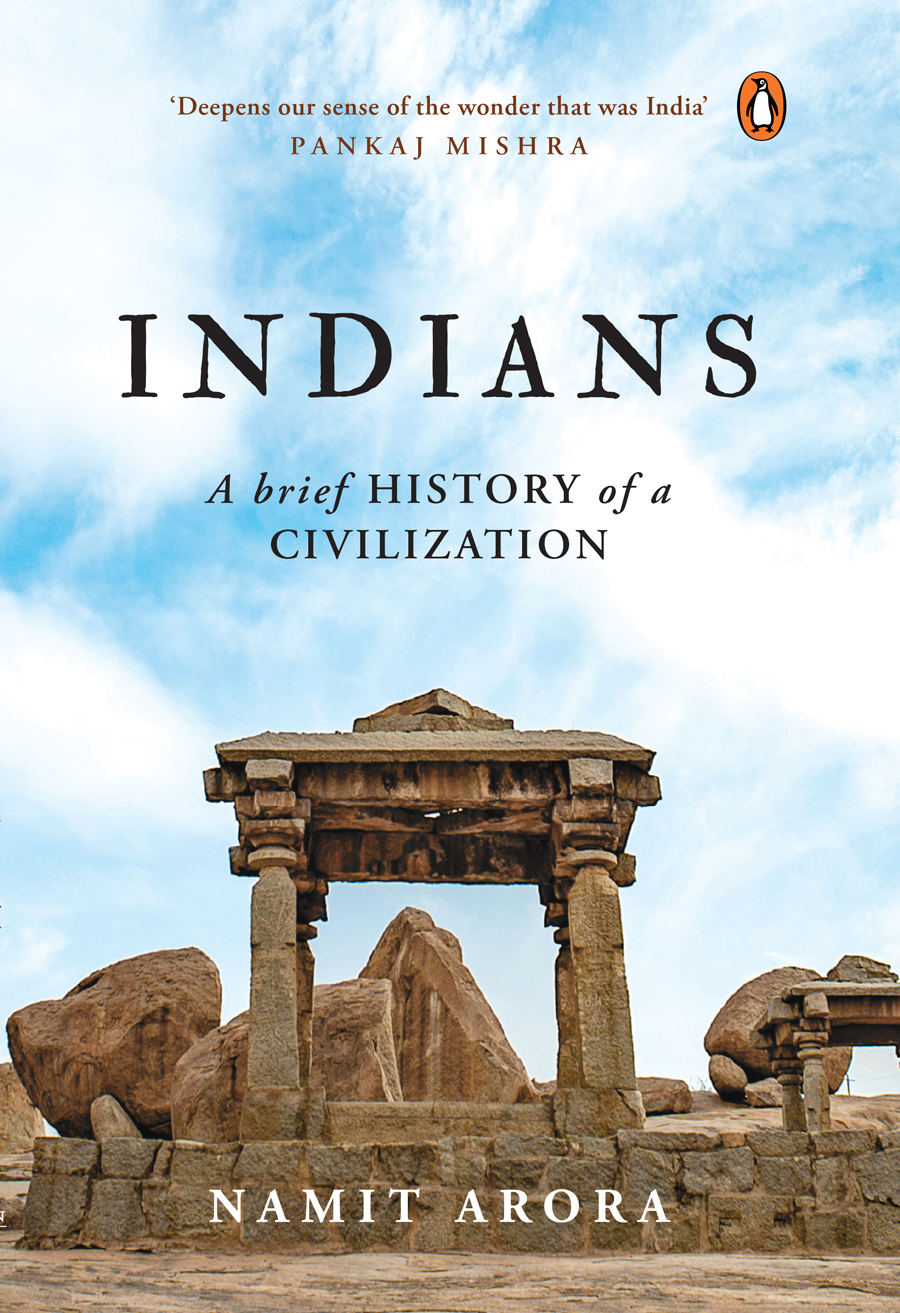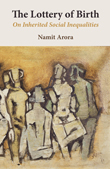| Index of articles from the Blog |
| Animals |
| Anthropology & Archaeology |
| Art & Cinema |
| Biography |
| Books & Authors |
| Culture |
| Economics |
| Environment |
| Fiction & Poetry |
| History |
| Humor |
| Justice |
| Philosophy |
| Photography |
| Politics |
| Religion |
| Science |
| Travel |
Books by
Books by
|
By Namit Arora | Dec 2006 | Comments
|
I have welcomed very greatly one experiment in India: Chandigarh. Many people argue about it; some like it, some dislike it. It is the biggest example in India of experimental architecture. It hits you on the head and makes you think. You may squirm at the impact but it has made you think and imbibe new ideas, and the one thing which India requires in many fields is being hit on the head so that it may think. I do not like every building in Chandigarh. I like some of them very much. I like the general conception of the township very much but, above all, I like the creative approach, not being tied down to what has been done by our forefathers, but thinking in new terms, of light and air and ground and water and human beings. [ - Jawaharlal Nehru. Speech, 17 Mar 1959]
Plans for building the city began soon after Punjab was split up in 1947. Pakistan was ceded the larger western part, including the Punjabi capital of Lahore, leaving the Indian Punjab without an administrative, commercial, or cultural capital. It was hoped that a grand new capital would become a symbol of modernity, heal the wounded pride of Indian Punjabis, and house thousands of Hindu and Sikh refugees from Pakistan. Swiss-born architect Le Corbusier was commissioned to lead the city planning, aided by Indian architects and town planners. Construction began in the early 1950s, and much of the city was completed in the early 1960s. Scenically located at the foot of the Himalayas, Chandigarh boasts a modern infrastructure, open spaces, greenery, cleanliness, and a relatively low population density. Divided into 46 rectangular sectors, numbered 1-12 and 14-47 (13 was deemed unlucky), most sectors have an area of nearly 250 acres and a housing capacity of about 15,000 people. Designed to be self-contained in civic amenities, the sectors are separated from each other by broad streets for the city's fast-moving arterial traffic. In the northeast is the artificial Lake Sukhna, a major recreational spot of the city.
|
Designed in collaboration with Vitalect, Inc. All rights reserved. |
|









 Chandigarh
Chandigarh
